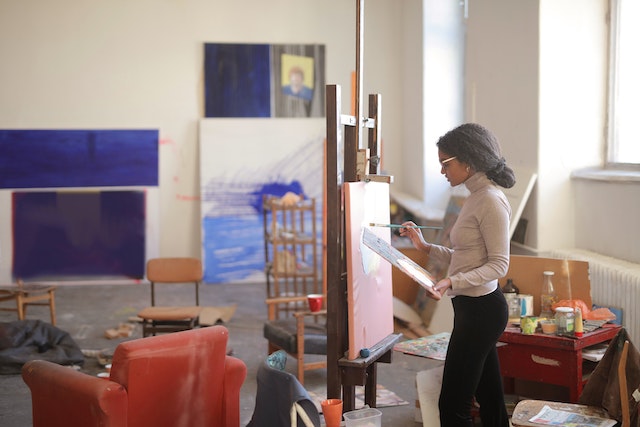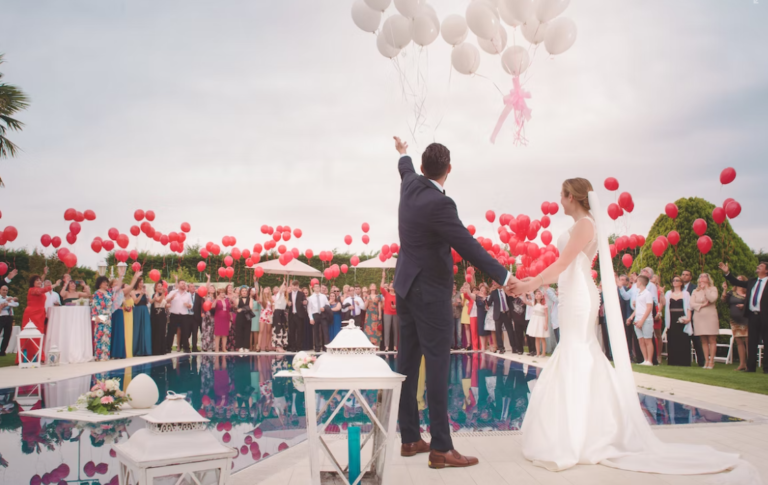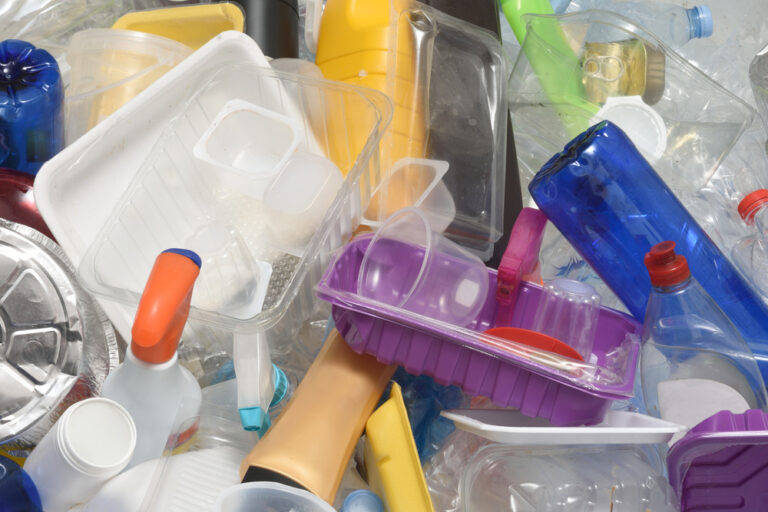How To Set Up A File For A Canvas
Using banners in your marketing strategy is an eye-catching and simple way to increase brand awareness. At Helloprint, we want to make sure custom banner printing is an easy process, so we’re going to help you with the first step, that is, setting up your design. The most important thing to keep in mind is that layout settings for banners are different from layout settings for smaller print products. Although some aspects are similar, the size, location, and distance of the viewer make the configuration of the canvas different.
Here you can find more tips on hanging canvas prints.
A proper setup makes designing a great banner much easier. Not only will you prevent your computer from running slower, you will also avoid creating a large file, making designing a custom banner a piece of cake.
Table of Contents
1. Set the Dimensions
The first step is to set the dimensions of the file. Be sure to set the dimensions you want to have. Don’t worry, if the file is bigger, you can easily make it smaller by lowering the resolution.
2. Set the Resolution
A common mistake is to think that the file to print large banners or banners is that the resolution has to be higher than to print other types of products. This is not the case. Not only does the computer take longer to process your work, but you will find yourself with a very large file.
Banners and other very large files do not require a 300dpi resolution, normally required for other print products viewed up close, such as flyers, folded brochures or catalogs. A banner is made to be seen from one or two meters away, so we recommend that the file has a resolution of about 200 dpi. For longer distances, keep it at 75 dpi to 150 dpi.
3.Uses the CMYK Color Code
The required color for all types of printed products is CMYK. If your banner design is set to RGB, the colors on the print will be different from how you see them on screen.
4. Set the Bleed
No matter how big the printed products are, they always need to have bleeds. For a large canvas print, we suggest you add a 5mm edge bleed. Creating the bleed ensures that should the cutting machine stray and go beyond the cut mark, your printed canvas will not be left with a white line at the edge.
5. Set the Margin
Margin is essential for all print products to ensure that the guillotine in the cutting process does not cut relevant information from your custom print product.
In the case of banners, it is necessary to set larger margins. We recommend that you make sure to leave your text and images at least 50mm from the edge of the file. For rollup banners, it is recommended to leave a 10mm top margin, a 4mm left margin and a 150mm bottom margin. This way, your design will not be cut off and you will have space for your banner to have a ring or tunnel finish if desired.
6. Save your File
Printers accept most formats, but the most convenient are PDF, PSD or JPG. You also need your final file to be in a single layer, to make printing faster and easier.
If you want to upload an Illustrator file with your design, make sure you have outlined the text. This will ensure that the type of font used will be maintained after printing.
You are now ready to set up your own banner design file. Don’t forget to keep these tips in mind the next time you design a great banner.





